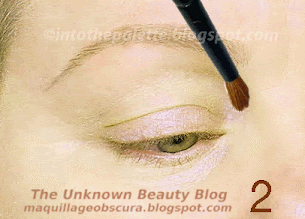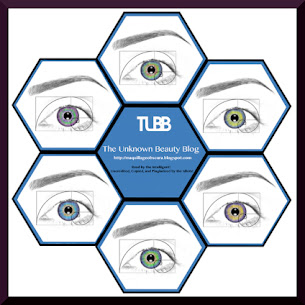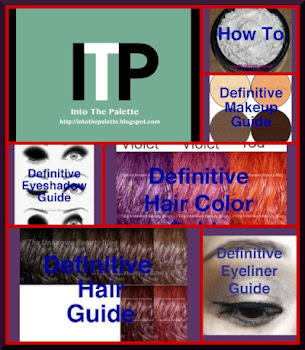Color theory in general is easy when applied to coordinating colors, but when it comes to skin tone, it gets harder. You are incorporating colors onto a canvas created by the human body, the skin.
Your skin is a living breathing organism and is the largest one. The color you see on top is the accumulation of the ones beneath. This is the blood, the veins, the fat, the oil glands, etc. etc.
Cool and Warm
In regular color theory, the color wheel is divided into cool and warm colors. Yellow is the lightest primary and violet is the darkest secondary and has both cool and warm primary colors. Anything containing blue is cool toned and the ones with red to yellow are warm tones. EASY!
Complementary colors intensify each other, therefore if you have blue eyes, anything with orange will intensify those baby blues.
But there is one thing that is in the way, YOUR SKIN TONE.
For a long time I couldn’t understand color when it came to skin tone because it is a convoluted explanation. I will just do a basic explanation of it so you won’t want to poke your brain for more space!
Let’s just say, your skin color is the biggest influence of what will look best on you, then the eye color will follow.
When it comes to the color wheel for skin tones. This is how I see it first.
The cool and warm colors are shown, pretty much similar to the regular color wheel. However, for me to understand color theory for skin, the tertiary colors of red-violet and yellow-green are the “direction-changing” colors. Both colors contain blue but are overpowered by the warm primary. This tells me, I have the choice of either going towards a warm or a cool.
In the case of red-violet, I can go in the direction of the dark cool or towards the medium warm. Yellow-Green tells me I can go towards light warm or light cool.
If you see the colors this way, then you can see which you would like to emphasize. If you are someone with a cool undertone and feel comfortable in the cool realm, then you shouldn’t wander beyond the cool side of red-violet or yellow-green. As for eyeshadows, the difficulty will lie in finding browns on the cool toned side with the cool bases. Pan appeal is one reason why most colors are warm, they just look so pretty under department store lights. The best way in this case, is to go for indie brands because they care less about pan appeal and care more about what colors aren’t made.
Creating Skin Tone Colors
I can’t finish this post without showing you how easy it can be to create a skin tone color or a foundation color.
If you basically have the primary, secondary, and tertiary colors; you can make any color in the world. Here I show you how to create a light pink beige foundation with primary, secondary, and white colors.
I start with 5 colors: yellow, violet, orange, red, and white. Notice I don’t have the blue primary, oh oh!
Yellow and violet is what I start out with because yellow + red + blue equals brown! From the end swatch you can see it is pretty much a brown. Now, I want it to end up with some pink undertones. I add a bit of red. Red is a warm and a medium primary color. This will bring the brown up to a slightly more medium level. Next, I add a bit more yellow because it is the lightest primary color and I want to lighten this color. If I just added white, it would turn out ashy in the end. The swatch at the end shows me there is enough red and yellow. This is a good enough base. Finally, I mix in the white and have the end result of a light pink based skin tone.
Few Things to Remember
Your skin tone will change with the outside elements. Heat will cause your body to warm up and that can affect your coloring. Also, lighting affects how your skin tone looks in photography. Kelvin temperatures have a lot to do with how foundation will look on the skin. Lower the Kelvin temp, warmer the lighting. Higher the more blue it will go which is why warm foundation colors are used to counteract this blue.
Other useful information about color is knowing which colors are bruise colors.
- Darkened Yellow
- Dark Yellow Green
- Darkened Magenta
- Dark Burgundy
- Violet
- Blackened Purple
You won’t bruise every color but you will bruise most likely in two or three colors. I bruise in the yellow-green and it darkens to the blackened purple. I know whenever I wear these color eyeshadows, I don’t get compliments at all!
Hope you liked the color theory posts. I know it isn’t easy to understand. However, if you like makeup, it is always nice to know just a little about it to avoid any costly mistakes.
Olivia






















